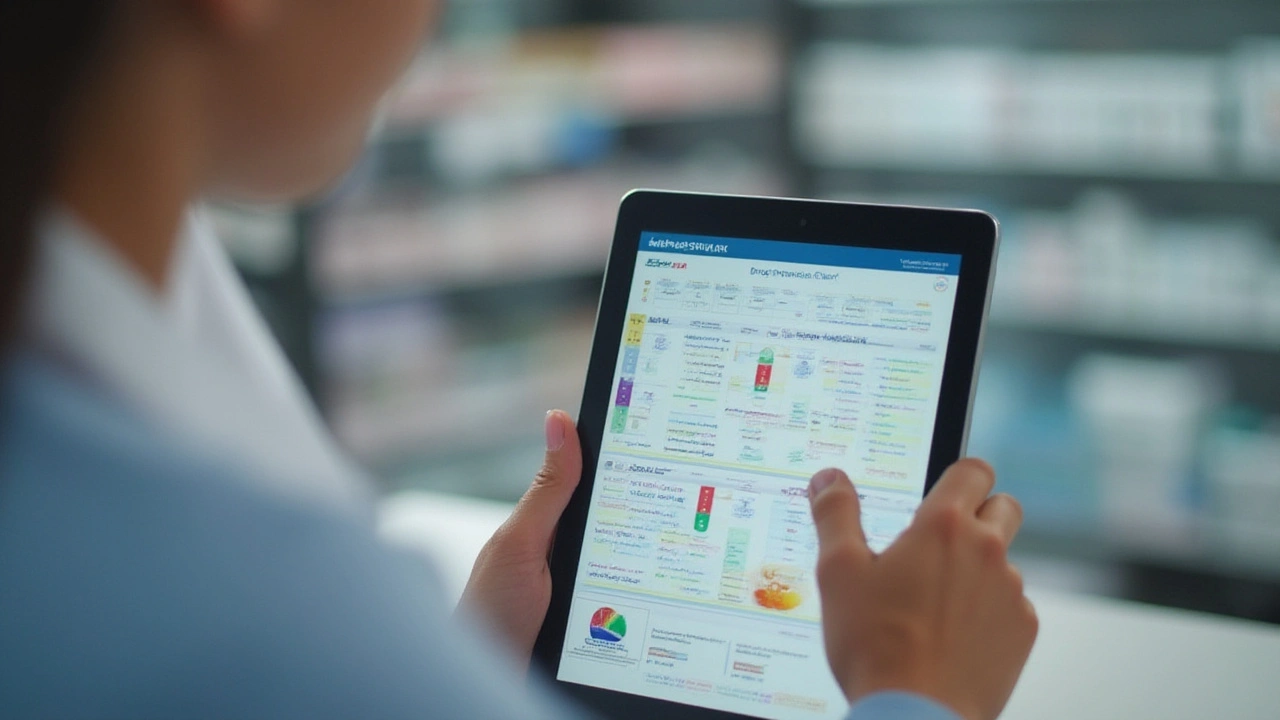Manage Medicines: Simple Steps for Smarter, Safer Choices
Managing medicines doesn't have to feel overwhelming. With so many options at the pharmacy, it's easy to get confused about what's safe, what works, and how to save money. Figuring out when to pick a brand-name drug vs. a generic, or whether it's okay to swap one painkiller for another, can mean a world of difference for your health—and your wallet.
Ever wondered what painkillers actually do inside your body? A lot of us just pop a pill and hope for the best. But painkillers don't all work the same. For example, some block the signals that tell your brain about pain (like ibuprofen and naproxen), while others change how your brain reacts to discomfort (such as opioids, which doctors are careful about because of the risk of addiction). Knowing the real science behind pain relief helps you pick what actually works for your body, not just what's advertised on TV.
When it comes to substitutions at the pharmacy, there's often a lot of mystery. Can you really trust generics, or is there something special about brand names? Here’s the truth: generic drugs have the same active ingredients and have to meet strict quality standards. The big difference is usually in the price tag and sometimes in the extra stuff (like colors or flavors). If your doctor says it's okay to substitute, you’ll usually get the same results for less.
But swapping medicines isn’t just about the name on the label. Make sure your doctor or pharmacist is in the loop before you switch anything—especially if you’re dealing with allergies, other prescriptions, or long-term conditions. Some meds interact in weird ways, and small changes can have a big impact. If you're unsure, just ask your pharmacist. It's their job to make sense of all the options—and a quick chat can prevent problems down the road.
Remember, the safest way to handle medicine is to keep a simple plan. Store them in a spot that’s easy to remember but out of reach of kids or pets. Use pill organizers, set reminders on your phone, or even jot notes on the fridge. Consistency protects you from missing a dose or doubling up by accident. And always check the packaging for instructions—sometimes taking a pill with food or water matters more than you’d think.
If you're ever stuck between options, like brand-name vs. generic, consider your budget, your doctor’s advice, and your past experiences. Don’t feel pressured by flashy ads or what your neighbor says works for them. Everybody’s body reacts differently, and what counts is finding what actually helps you live better, safer, and with less hassle.
Smart medicine management isn’t just for your grandparents. Whether you’re dealing with an occasional headache or juggling prescriptions for chronic stuff, understanding your choices puts you in control. No medical jargon required—just clear info, simple tools, and a willingness to ask when you’re not sure.
How to Read a Drug Interaction Chart Effortlessly: Safe Medication Management Guide
Posted by Elias Hartfield on Jul, 29 2025

Learn how to read a drug interaction chart with confidence. Find out what those columns and colors mean, avoid risky combos, and handle medications safely.
